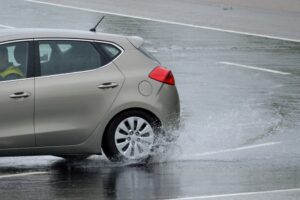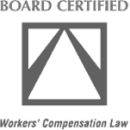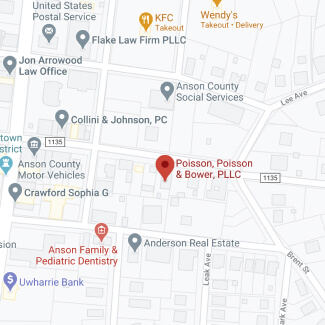
Skidding can happen to anyone, regardless of driving experience or road conditions. Feeling your car begin to skid can trigger panic, but knowing how to react can mean the difference between a close call and a collision. Here are some tips to help you stay calm and safe in case your car begins to skid.
Steps to Take When Your Car Starts to Skid
If your vehicle begins to skid, you should:
- Stay calm – Keep your movements smooth and controlled. Sharp, quick movements can exacerbate the skid.
- Ease off the accelerator – Remove your foot from the accelerator to reduce your vehicle’s speed and regain control.
- Keep your eyes forward – Focus on where you want the car to go. Avoid the temptation to look at obstacles or off the road.
- Steer gently – Steer in the direction you want the front of the car to go.
- Do not slam the brakes – Aggressively hitting the brakes can worsen a skid. If you need to slow down, gently pump the brakes or apply steady pressure if your car has anti-lock brakes.
- Wait for the car to regain traction – As your car slows, it will naturally begin to regain traction. Continue to steer gently in the direction you want to travel until you regain complete control.
Tips for Skid Prevention and Vehicle Control
Preventing skids before they begin is critical to safe driving, especially in challenging conditions. Follow these tips to protect yourself at all times:
- Take care of your tires – Ensure your tires are in good condition with adequate tread depth and proper inflation. Worn-out tires reduce traction and increase the likelihood of skidding.
- Don’t speed – Adjust your speed to match the road conditions. Lower speeds are safer on wet, icy, or snowy roads.
- Use smooth steering movements – Avoid quick steering maneuvers. Smooth steering helps you maintain control and prevent skids.
- Keep a safe distance – Increase your following distance from the car ahead of you to give yourself extra time to react if you need to slow down or stop.
- Avoid sudden stops or turns – Brake gradually before stopping or turning. Sudden maneuvers can cause skidding, especially on slippery surfaces.
- Stay alert – Pay attention to the road and potential hazards. Being aware of your surroundings allows you to react more effectively and avoid abrupt maneuvers that could cause skids.
Liability for a Crash Involving a Skidding Vehicle
Generally, the driver of the skidding vehicle is responsible for a crash. Drivers must always control their cars, even in poor road conditions. If a driver is speeding on a slick road, skids out, and strikes your vehicle, they should be financially responsible for the consequences
However, other parties might be liable in certain circumstances. For instance, another driver could be at fault if they were maneuvering erratically, which could cause the skidding driver to lose control. Alternatively, a car manufacturer could be liable if a faulty vehicle design or component contributed to the loss of control. A knowledgeable car accident attorney can investigate and identify all potentially liable parties if you get hurt in a crash with a skidding car.
When to Contact a Skidding Accident Lawyer
Hurt in a skidding accident in North Carolina? Determining who is responsible for a crash can be tricky. The skidding accident attorneys at Poisson, Poisson & Bower, PLLC can review your case and explain your rights to compensation. Contact us today for a free consultation.

 Calls are answered 24/7
Calls are answered 24/7








